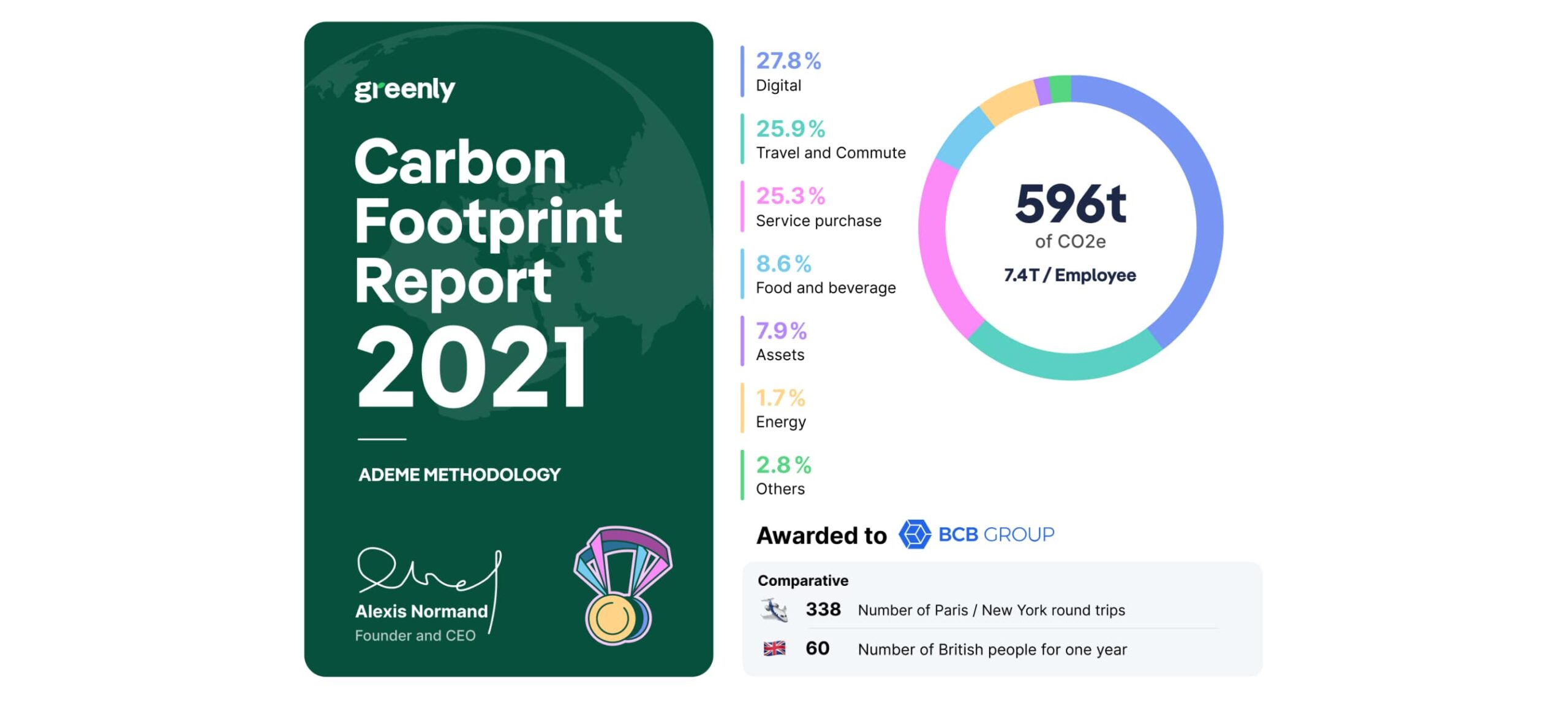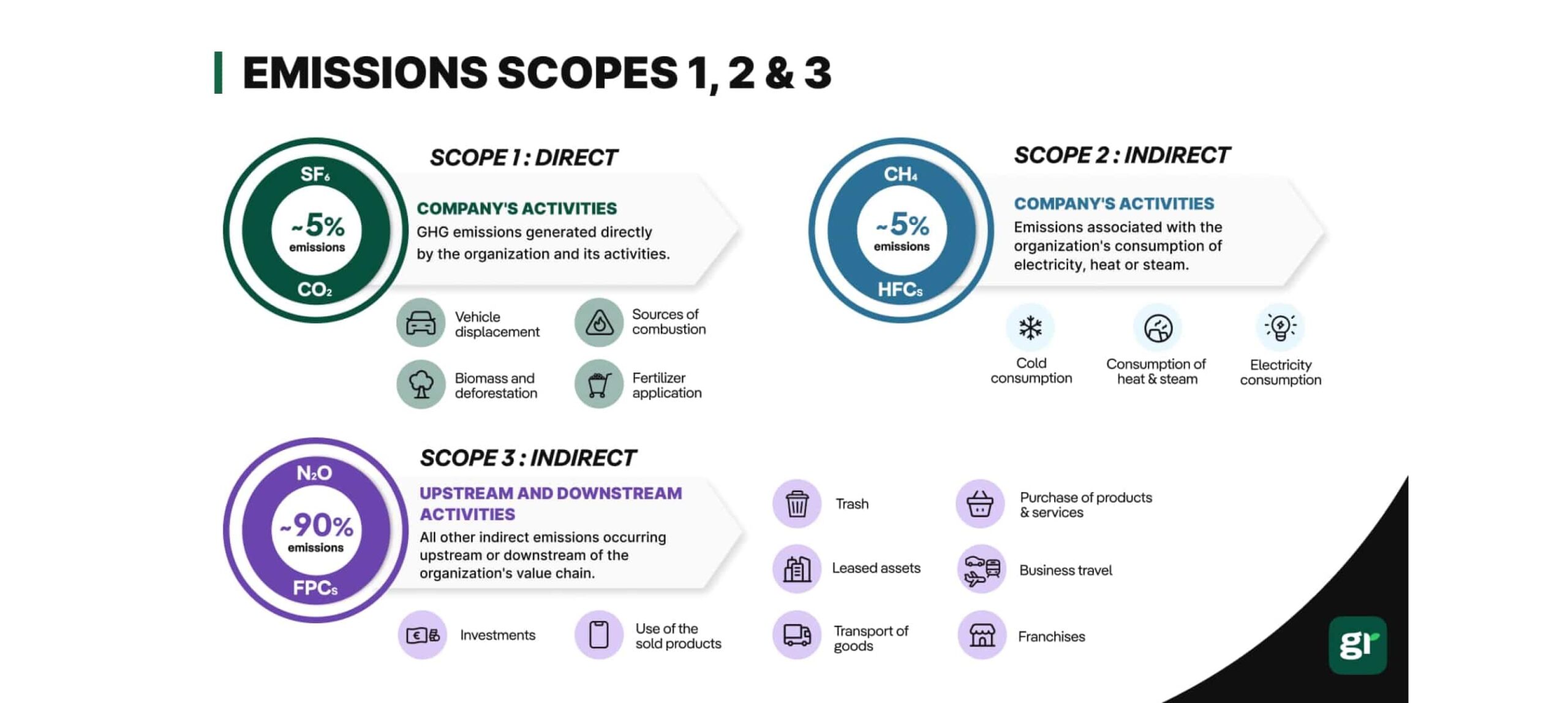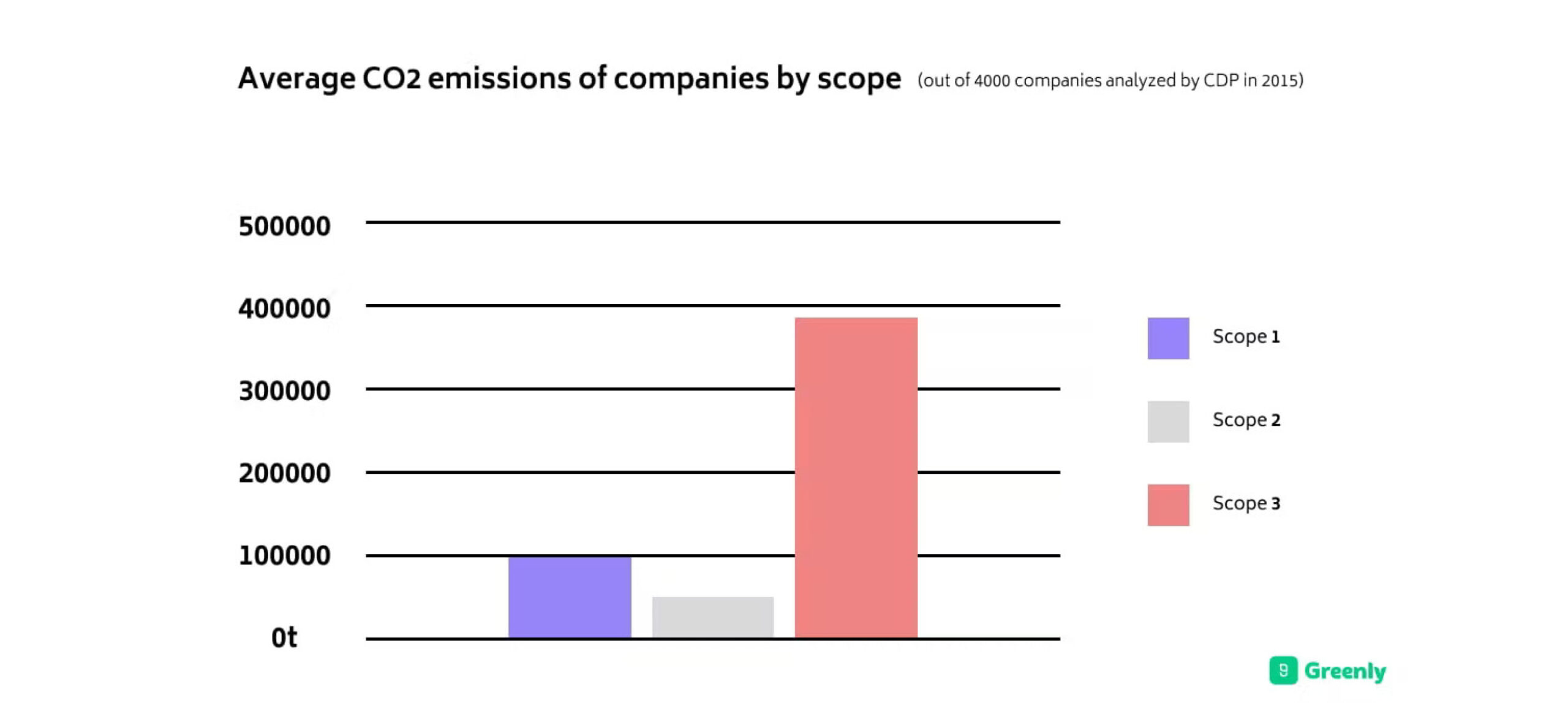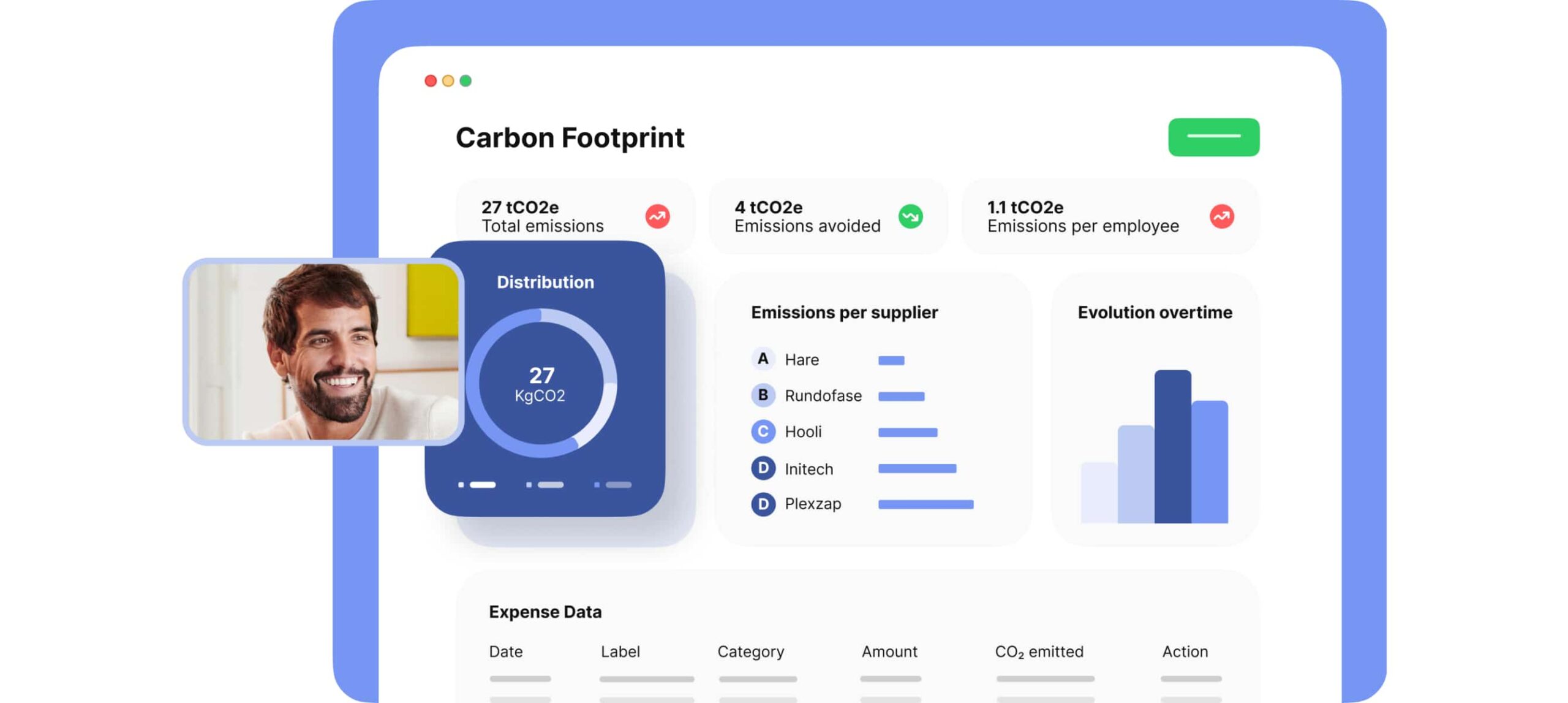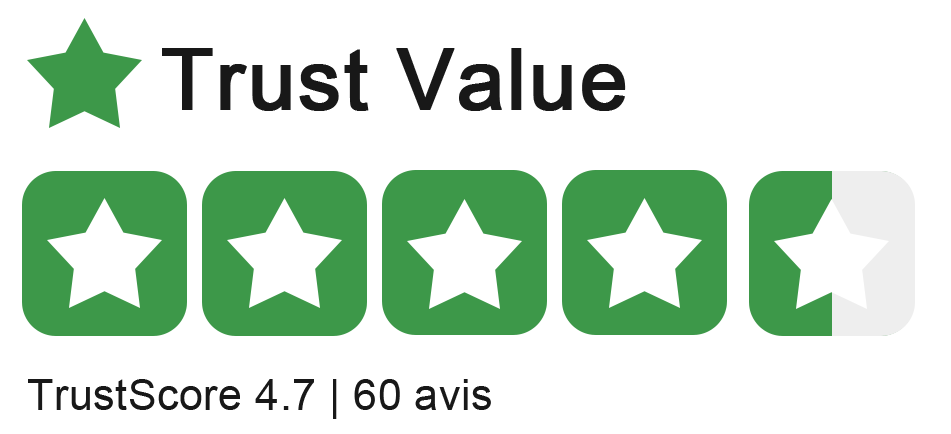- CarbonPass
- Service
service
Amazon Climate Green Mark Certification
Amazon's First APN Service Provider
Carbon Footprint
Calculate your carbon footprint
business
sustainable procurement
Carbon reduction for your shopping
Partner
Decarbonize your portfolio
life cycle assessment
Assess the impact of your product
carbon contribution
Easy to cause
Business steps
Make your business easier
Industry Iocus
Industry specific research
Our client
Carbon Enterprise has more than 1,000 customers and has an in-depth understanding of the characteristics of each industry.
- Profession
Banking and Fintech
Banking and Fintech
Consulting and Services
Consulting agency
Digital technology
Digital technology
Event
Event
Finance
Investment fund
food and drink
Catering and FMCG enterprises
Insurance
Insurance company
Manufacturing
Low carbon strategy expert
all industries
Discover all industries
Our client
Carbon Enterprise has more than 1,000 customers and has an in-depth understanding of the characteristics of each industry.
- Client
- Assets
ASSETS
ESG community
About Carbon QITcom
blog
What is ESG?
Our board members
Carbon accounting guidelines
ESG governance
Join us
Eu carbon tariff
ESG of our country
news
Our customers
With more than 1,000 customers, Carbon QITong has an in-depth understanding of the characteristics of each industry.
- Carbon Enterprise Communication
- Serve
Carbon Footprint
Calculate your carbon footprint
sustainable procurement
Carbon reduction for your shopping
Partner
Decarbonize your portfolio
life cycle assessment
Assess the impact of your product
Industry focus
industry specific research
Carbon contribution
easy to cause
Business steps
make your business easier
- Industry
Banking and Fintech
Banking and Fintech
Consulting and service
Consulting and service
Digital technology
Digital technology
Event
Event
Finance
Investment fund
Food and drink
Catering and FMCG enterprises
Insurance
Insurance company
Manufacturing
Low Carbon Strategy Expert
All industries
Discover all industries
- Client
- Resource
Blog
EU carbon tariff
Carbon Accounting Guide
What is ESG?
ESG governance
My country's ESG
Join us
Our board members
News




